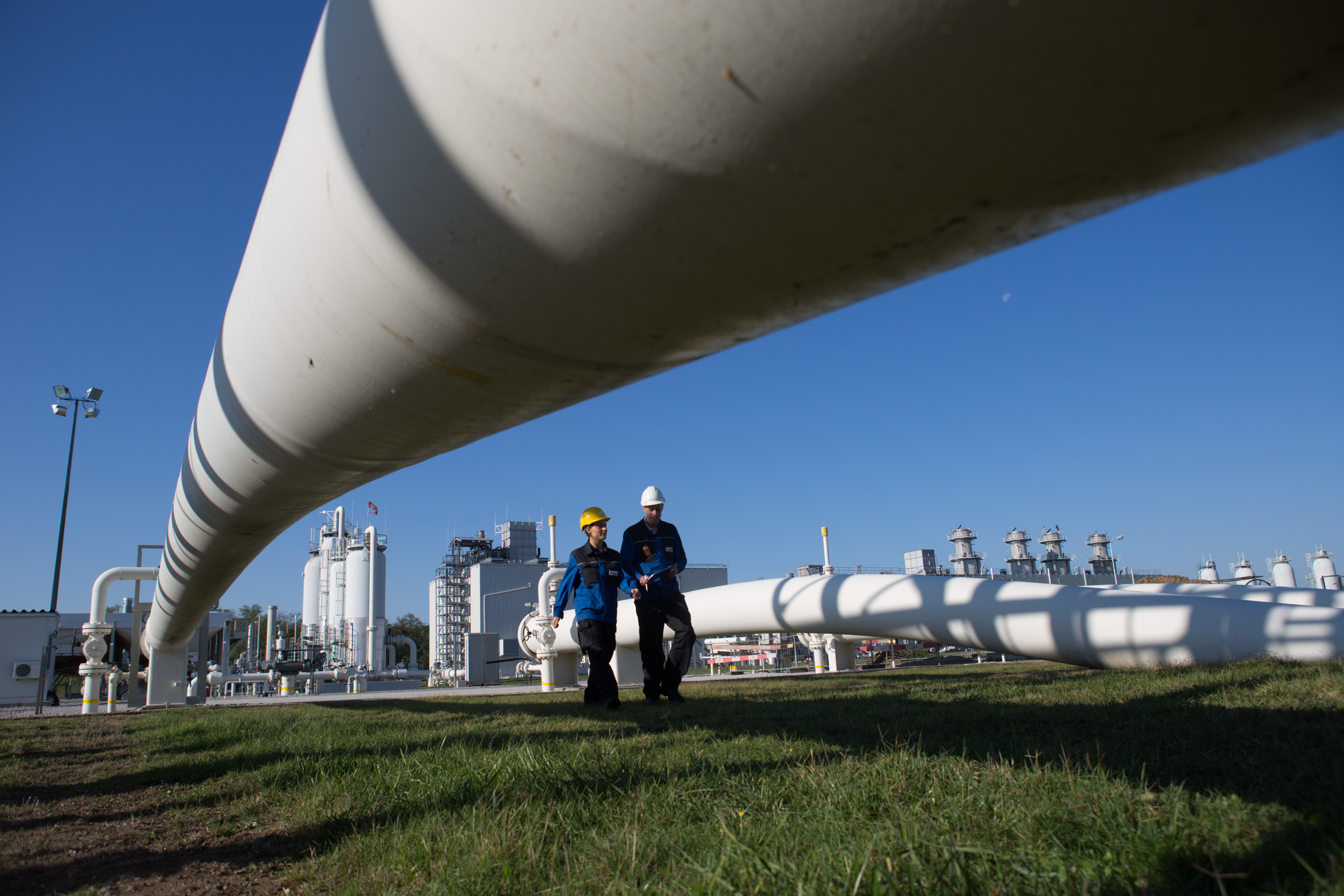The European Union is currently revising the Infrastructure Regulation for trans-European energy networks. Since 2013, through this Regulation, projects that contribute to improving the connectivity, security of supply and sustainability of the energy sector in Europe have been able to be submitted every two years – abbreviated these are called ‘PCI’ (which stands for projects of common interest) and these are supported with EU funds. The publication of the most recent list attracted criticism, as there were some fossil fuel-based projects whose contribution to decarbonisation was questioned.
Green energy needs storage
The European Commission will therefore present a new proposal for this regulation at the end of the year. The priority for us is: should gas infrastructure projects be supported at all in the future? A key aspect of the energy transition is that sufficient energy storage systems are available to ensure a stable and consistent energy supply. Electric energy is far from being able to be stored to the required extent. It is therefore important to take advantage of the enormous storage potential of gas and to anchor the possibilities of converting sustainably generated electricity into green gas as an integral part of the energy system of the future.
Depending on their starting position, the EU member states rely on different strategies and speeds for climate goals. Countries that already have a very well developed and diversified energy supply are already investing more in climate-friendly technologies, such as power to gas or hydrogen. However, some countries are less secure in their supply or their energy grid expansion is not so far advanced yet. For them, a switch from coal to natural gas means more independence in terms of energy supply and a high CO2 saving. Therefore, international projects improving the energy network in these regions have also been classified as PCI projects and supported accordingly.
Future-proof networks for Europe
However, as the critics of the last PCI list have pointed out, the expansion of the gas network should not only help some countries to phase out coal in a timely manner, but this should also make a significant contribution to a long-term future-proof energy system for Europe. This includes the ability to integrate renewable gases, to add green hydrogen and to link energy sectors – so the gas infrastructure can make a significant contribution to achieving the climate goals and the European Green Deal.
Involvement of all energy sectors
The new regulation should therefore clearly define sustainability and include priorities for the integration capability of hydrogen and decarbonised gases. To date, ENTSOG – the umbrella organisation of European transmission system operators for gas – has prepared a forecast of where there is a need for improvement in gas supply in the coming years. On the basis of this, a network development plan was drawn up and projects that were working on expansion in the underserved areas were able to apply for PCI status.
In order to make the energy budget more climate-neutral, all energy sectors must be involved in this process. Projects that provide countries with a gas network with more branches, and thus offer access to more supply sources, should continue to be able to gain PCI status, taking into account sustainability aspects and the ability to include technological innovations (hydrogen or sector coupling).

